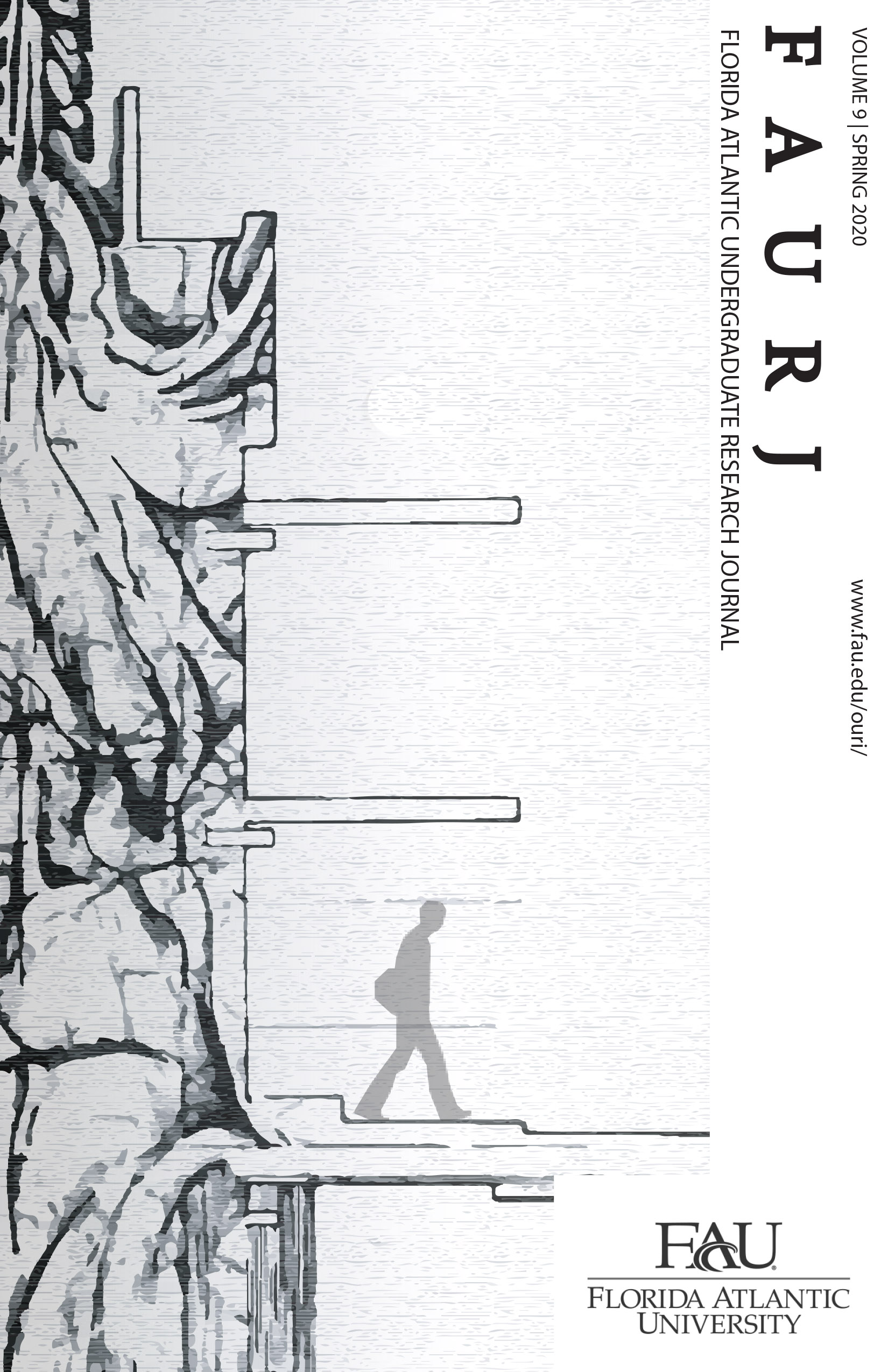Human Immune Cells Directly Recognize Xenogeneic MHCs
Abstract
Over the subsequent half-century, the development of immunosuppressive therapies and refinements in tissue typing has served as a breakthrough in clinical transplantation. The idea of substituting a diseased or
damaged organ with a functional organ has emerged as a sound therapeutic treatment for irreversible organ
diseases like end-stage organ failure (1). Although transplantation is a lifesaving procedure, the greatest
challenge continues to be the lack of an adequate organ supply that can satiate the increasing demand for organ transplants (2). As a result, this has led to a major increase in the number of patients waiting for allograft procedures and the number of patients dying while on the waiting list (2). Efforts have been made to address this problem by expanding the donor pool through: increasing public awareness, improving the efficiency of the donation process, developing standardized donor management protocols, and utilizing less ideal donors; but this has proved to be limiting (3).


